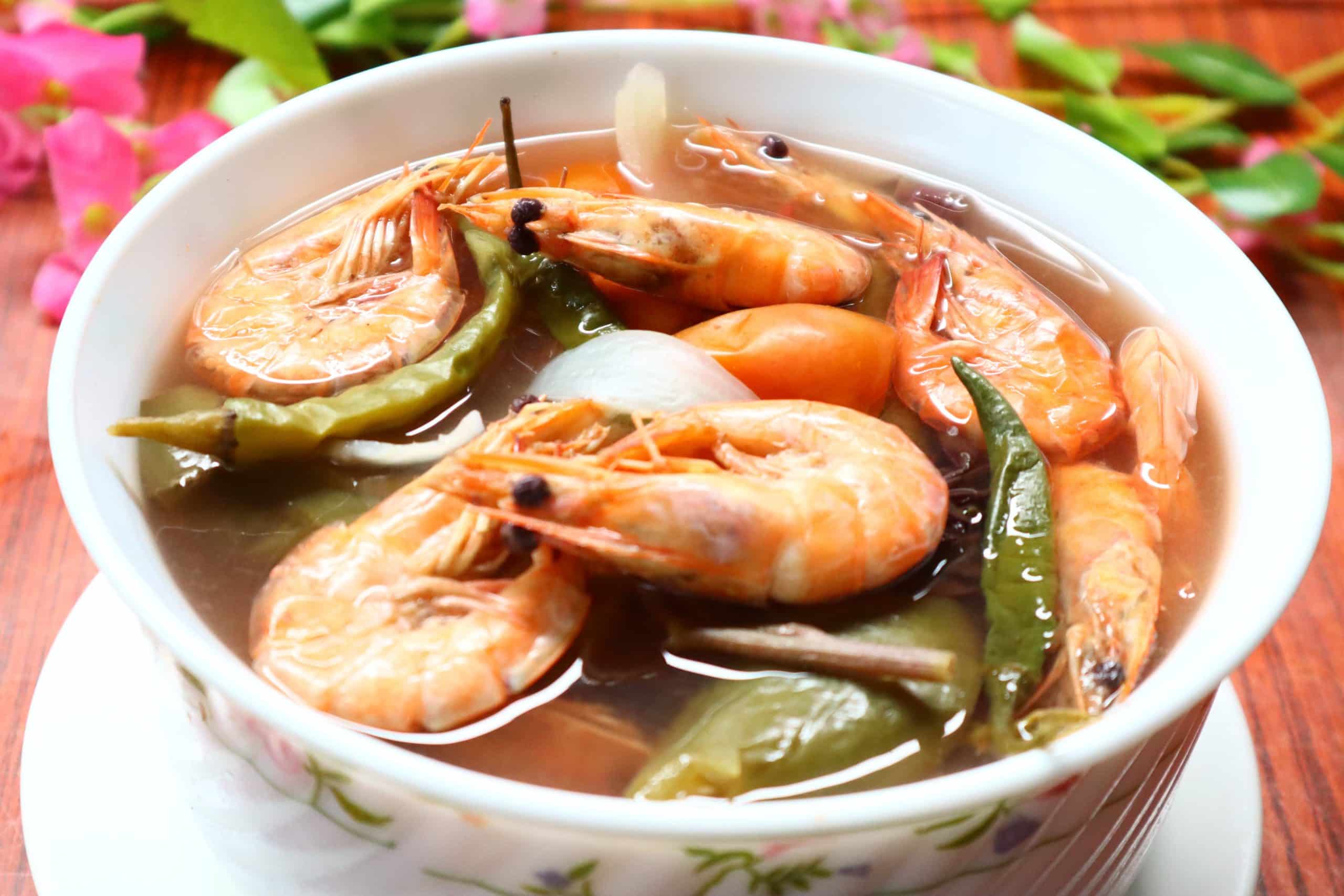Guide to cooking fresh seafood

Seafood is a staple in many diets around the globe and offers a fantastic array of flavors and textures. From flaky, tender salmon to rich, luxurious caviar, each type of seafood brings its unique essence to the table. Whether you enjoy the sweetness of crab meat or the firm texture of tuna, understanding how to prepare and cook these delicacies is crucial. This guide will introduce you to the art of cooking seafood, providing you with tips to ensure that you make the most out of your sea treats.
Choosing Your Seafood
The first step in creating a mouth-watering seafood dish is selecting the freshest possible ingredients. When choosing fish, look for shiny skin, clear eyes, and a clean, ocean-like scent. Avoid fish that smells overly fishy or has dull eyes and skin, as this can indicate that it’s not fresh.
Also to read : Traditional Greek cooking recipes
For shellfish, such as crab or clams, the shell should be tightly closed. If it’s open, give it a tap. If it doesn’t close, it’s likely dead and not safe to eat. When buying frozen seafood, ensure that it’s frozen solid with no ice crystals or freezer burn, which can affect the texture and taste.
For specialties like caviar, it’s always best to buy from a reputable supplier. Look for caviar that is shiny and glistening, not dull or dry.
Also to discover : Green smoothie recipes for an energy boost
Preparing Your Seafood
Before cooking, it’s essential to prepare your seafood correctly. For fish, this may involve descaling, filleting, or skinning, depending on your preference and the recipe you are following. Shellfish often need to be cleaned and debearded (in the case of mussels).
Frozen seafood should be carefully defrosted in the refrigerator to prevent bacterial growth. Once it has thawed, treat it the same way you would fresh seafood.
Cooking Techniques for Seafood
There are countless ways to cook seafood, and the method you choose will significantly impact the final flavor and texture of your dish.
Grilling Seafood
Grilling imparts a delicious smoky flavor to seafood. For the best results, preheat your grill to a high heat and lightly oil the grates before adding your seafood. Fish like salmon, tuna, and mahi-mahi are excellent choices for grilling. Remember that seafood cooks quickly – often in just a few minutes per side, so keep a close eye on it.
Sauteing and Pan-Frying Seafood
Sauteing or pan-frying is another popular method for cooking seafood. This technique is perfect for smaller, delicate fish like tilapia or sole, and shellfish like shrimp or scallops. Heat a small amount of oil in a pan, then add your seafood, cooking until it’s golden and crispy.
Steaming and Boiling Seafood
Steaming and boiling are gentle cooking methods that work well for shellfish and whole fish. Crab and lobster, in particular, are often boiled. To steam seafood, you’ll need a pot with a tight-fitting lid and a steaming rack to keep the seafood out of the water.
Marinating and Seasoning Seafood
Marinating and seasoning your seafood before cooking can enhance its natural flavors and add a new dimension to your dish. However, seafood is delicate, so it’s best to marinate it for only a short time – usually no more than half an hour.
Citrus, garlic, herbs, and spices are all excellent choices for seafood marinades. For seasoning, simple is often best. A sprinkle of salt and pepper can go a long way in bringing out the flavors of your seafood.
Serving and Enjoying Seafood
Once your seafood is cooked to perfection, it’s time to enjoy it. Seafood can be served in a myriad of ways – from a casual beach-side barbecue with grilled fish to an elegant dinner party featuring caviar on blini.
Remember, the key to a delightful seafood dish is fresh ingredients, proper preparation, and careful cooking. With these tips, you’ll surely create a seafood feast that will impress your guests and satisfy your cravings.
Happy cooking!
Advanced Seafood Techniques
For those who have firmly grasped the basics of cooking seafood and wish to explore more advanced techniques, the world of seafood provides a wealth of options. From the decadent flavors of sturgeon caviar to the hearty texture of Dungeness crab, each variety of seafood offers an exciting culinary journey.
If your aim is to impress your guests, the king crab is an excellent choice. Cooking king crab legs involves several steps but is well worth the effort. Start by boiling a large pot of water with a pinch of sea salt. Once the water is boiling, add the crab legs and cook for about 6-8 minutes. The shell should turn bright red, indicating that it’s cooked. Remember to handle with care as the shell can be sharp. Serve with melted butter for a truly indulgent treat.
Sturgeon caviar, a luxury food item, is harvested from the mature white sturgeon. It requires no cooking and can be served as is, with blini and crème fraîche, or as a topping for sushi or other delicacies. It’s important to note that when serving caviar, use a mother-of-pearl or wooden spoon to avoid tainting the flavor.
Smoked seafood, like king salmon or salmon caviar, is another gourmet option that is relatively easy to prepare at home with the right kitchen accessories. Smoking imparts a deep, smoky flavor that complements the natural taste of the fresh fish.
Sea urchin, a delicacy in many cultures, requires careful handling. The spines are sharp and can cause injury. Inside, you will find a rich, creamy roe that is often served raw on sushi or with pasta.
Cooking seafood can be as simple or as complex as you like. The key is to start with fresh, high-quality ingredients from your local fish market.
Conclusion and Some Seafood Recipes
Seafood cooking can initially be daunting due to the vast array of choices and the fragility of the ingredients. However, the reward is a mouthful of ocean supplements that are not only flavorful but also beneficial to your health. Whether it’s a hearty tuna mahi dish or a light salad topped with smoked salmon, the possibilities are endless.
Experiment with different cooking methods such as grilling, pan-frying, steaming, or even curing. Remember, the cooking time mins are usually shorter for seafood, keeping in mind that overcooked seafood becomes tough and loses its flavor.
It’s always beneficial to have an arsenal of go-to seafood recipes. Here are a few suggestions:
- Grilled King Salmon with a citrus glaze makes for a refreshing summer dish.
- Stir-fried Dungeness Crab with ginger and scallions is a delightful balance of flavors.
- Pan-seared Tuna Mahi with a soy-ginger marinade is an excellent choice for a quick, healthy dinner.
- Smoked Seafood Pasta combining smoked fish with creamy Alfredo sauce brings a twist to the traditional pasta dish.
Remember that the best dishes start with the freshest ingredients. Make regular visits to your local fish market, and don’t be afraid to ask the fishmonger for advice. With practice and patience, you’ll soon be serving up delectable seafood dishes that will delight your family and friends. Happy cooking!
